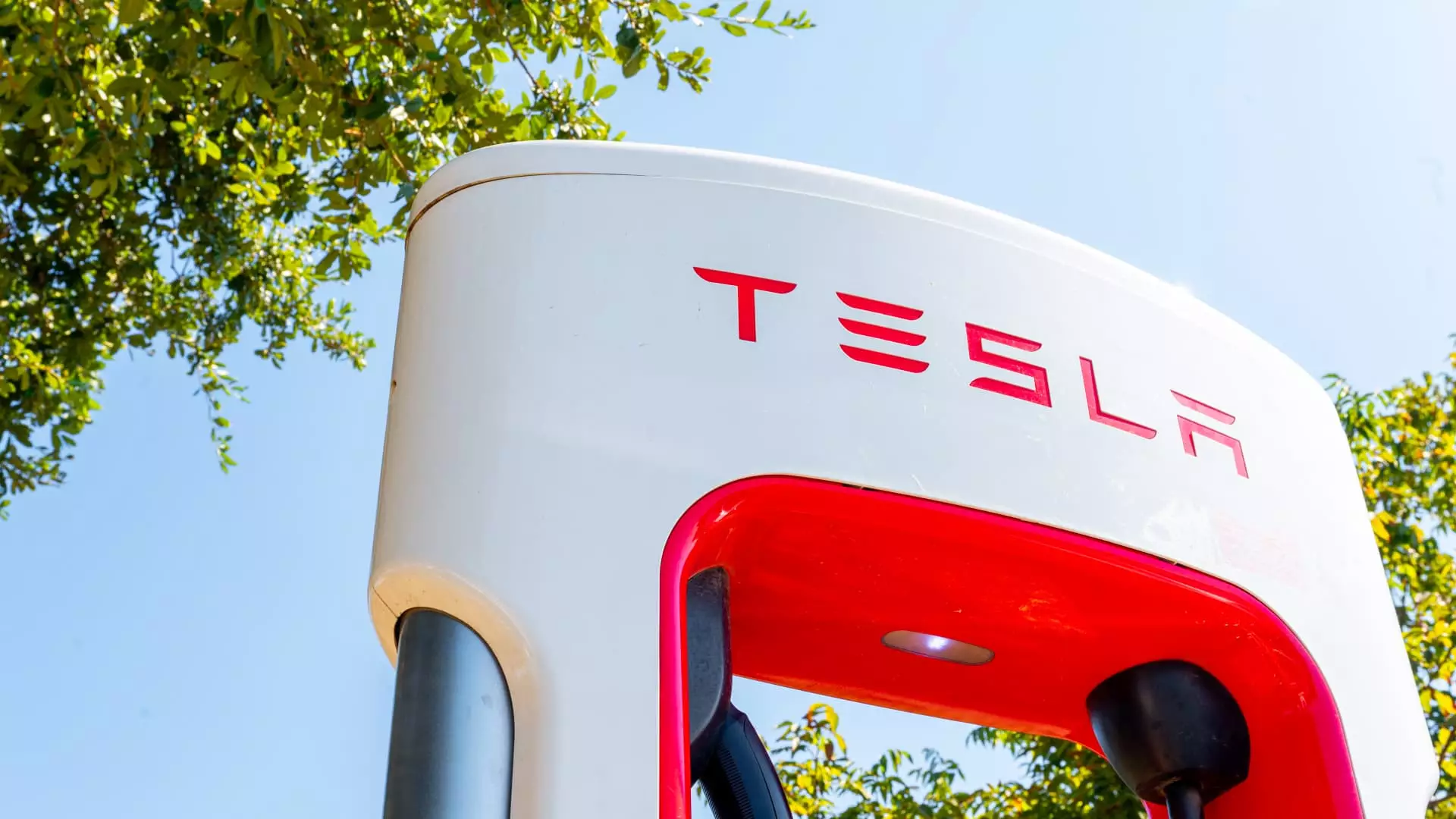The ongoing legal issues surrounding Tesla’s Autopilot technology raise critical questions about responsibility and consumer safety. A tragic case involving the death of a driver, Genesis Giovanni Mendoza-Martinez, has ignited discussions about the implications of autonomous driving systems and the integrity of corporate advertising. As lawsuits mount and investigations unfold, the situation serves as both a case study and a cautionary tale for technology-driven innovation in the automotive industry.
In 2023, Mendoza-Martinez lost his life in a fatal collision while using Tesla’s Autopilot feature, which is a system intended to assist drivers but does not wholly operate independently of human control. His family, led by his brother Caleb, filed a lawsuit against Tesla, claiming “fraudulent misrepresentation” regarding the capabilities of the Autopilot technology. The assertion hinges on the argument that Tesla intentionally misled consumers about the safety and functionality of their vehicles’ automated systems. Notably, the crash involved a Tesla Model S, which collided with a stationary fire truck, adding to the scrutiny of Autopilot’s effectiveness in urgent situations.
The legal maneuvering also saw Tesla transfer the case from state to federal court, a move presumably motivated by a more challenging landscape for plaintiffs to prove their claims. The complexity escalates when considering that federal courts generally impose stricter requirements on fraud cases, potentially complicating the Mendoza family’s pursuit of justice.
According to the Mendoza family, statements made by Tesla executives, including CEO Elon Musk, may have been overly optimistic or, in some instances, misleading about the capabilities of Autopilot. The lawsuit cites a pattern of communications—ranging from social media posts to press interviews—where claims about Autopilot and FSD (Full Self-Driving) have purportedly been exaggerated to promote the brand as a leader in automotive technology.
Tesla’s defense counters these claims by attributing the collision to “negligent acts and/or omissions” on the part of Mendoza-Martinez himself. This highlights a critical aspect of the ongoing debate: to what extent can or should manufacturers be held accountable for user behavior in contexts where their technology is involved? The complexity of mixed responsibility emphasizes the need for clearer guidelines and more robust user education surrounding the use of advanced driving assistance systems.
This incident is only one of many under the scrutiny of the National Highway Traffic Safety Administration (NHTSA), which is currently evaluating the safety of Autopilot technology. The agency has expressed concerns over Tesla’s public messaging, suggesting that it might mislead consumers into believing that their vehicles can operate as fully autonomous robotaxis—a claim that remains unproven and contested.
Amid these legal and regulatory challenges, Tesla is also facing a lawsuit from the California Department of Motor Vehicles for false advertising over its claims related to Autopilot and FSD. Such tensions pose a significant risk to Tesla’s reputation, foreshadowing potential long-term ramifications for its brand if consumers grow wary of the technology’s reliability.
As Tesla grapples with these issues, competitors are making strides in the realm of autonomous vehicles. Companies like WeRide and Pony.ai in China, and Waymo in the United States, are actively operating robotaxi services, which underscores a crucial point: the race for leadership in autonomous technology is fiercely competitive, and any setbacks experienced by Tesla could be advantageous for other players in the field.
While Tesla continues to push the envelope with updates to its Full Self-Driving software, the company is under pressure to substantiate its claims and ensure user safety. The line between innovation and consumer protection is razor-thin, and the stakes are high—not just for Tesla, but for the future of self-driving technology at large.
The tension between technological advancement and user safety is palpable in Tesla’s ongoing legal struggles. As courts begin to address these multifaceted issues, it is vital for all stakeholders—manufacturers, regulators, and consumers—to engage in rigorous discussions about transparency, accountability, and the ethical implications of automated driving systems. Ultimately, striking the right balance between innovation and consumer trust will determine the trajectory of the automotive industry in the age of automation.

